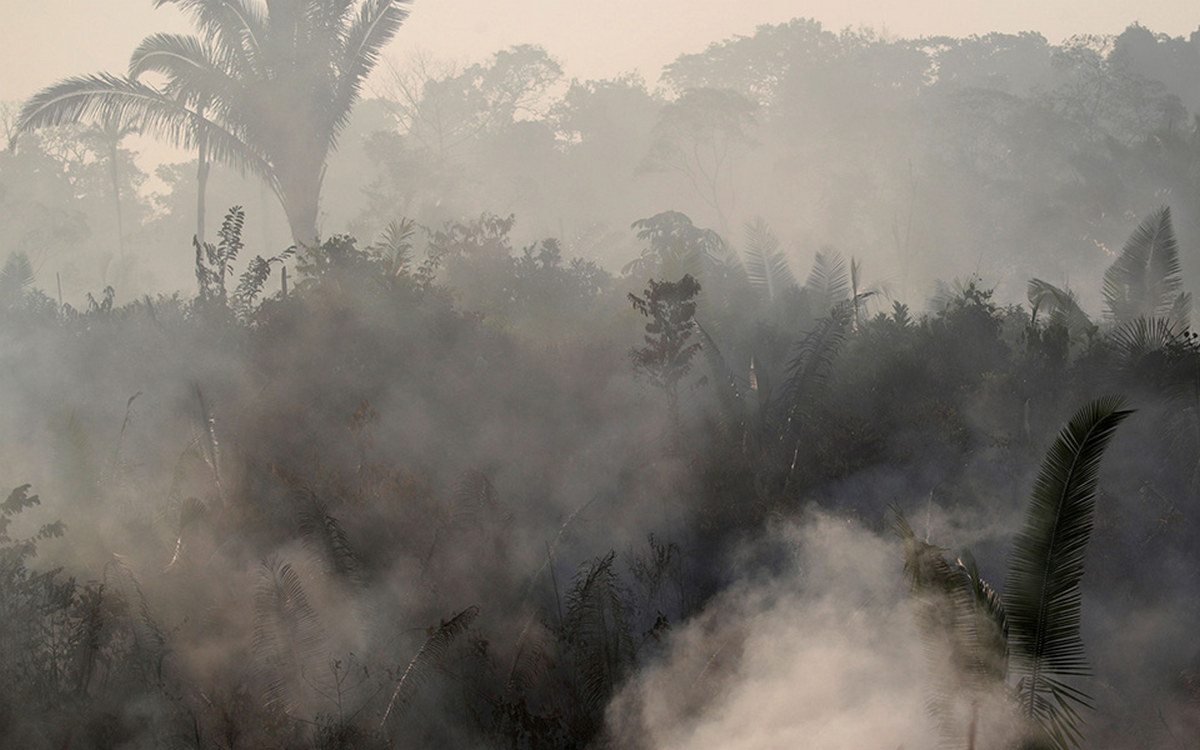According to a new study, the Amazon rainforest emits one billion tons of carbon dioxide a year. According to his findings, the giant forest of South America may initially absorb emissions that make a significant contribution to the climate crisis the planet is experiencing, but now “contributes” to its escalation.
Most emissions are caused by fires in tropical forests, many of which are the result of arson, with the ultimate goal of soybean and beef production. However, even without considering the cause of the fires, the high temperatures and droughts in the southeastern Amazon mean that tropical forests are essentially a source of carbon dioxide, not its “absorber.”
Since the 1960s, the Amazon’s dense vegetation has absorbed about a quarter of all fossil fuel emissions worldwide, playing a key role in “controlling” climate change, making it the world’s largest rainforest. According to scientists involved in the study, the loss of Amazon’s ability to act as a huge “drain” for global carbon emissions is an extremely important warning about how important it is to significantly reduce fossil fuels around the world.
Moreover, scientists have described as extremely “alarming” the fact that part of the Amazon emits carbon dioxide even in the absence of fire, emphasizing that deforestation, accumulated in recent years, is the cause of this alarming phenomenon. In other words, vegetation causes most of the rain in the area, which means that its reduction leads to severe droughts and heat waves, which in turn lead to even more deforestation and fires.
The first very bad news is that forest fires produce three times more carbon dioxide than the forest absorbs. “The second bad news is that in areas with deforestation of 30% or more, carbon dioxide emissions are ten times higher than in areas where deforestation is less than 20%,” said Luciana Gatti, a researcher at the National Space Institute. research in Brazil.
The study also showed that fires in tropical forests produce 1.5 billion tons of carbon dioxide per year, and vegetation absorbs only half a billion tons. The one billion remaining in the atmosphere corresponds to the annual emissions of Japan, the fifth most polluted country in the world.
Source: The Guardian

